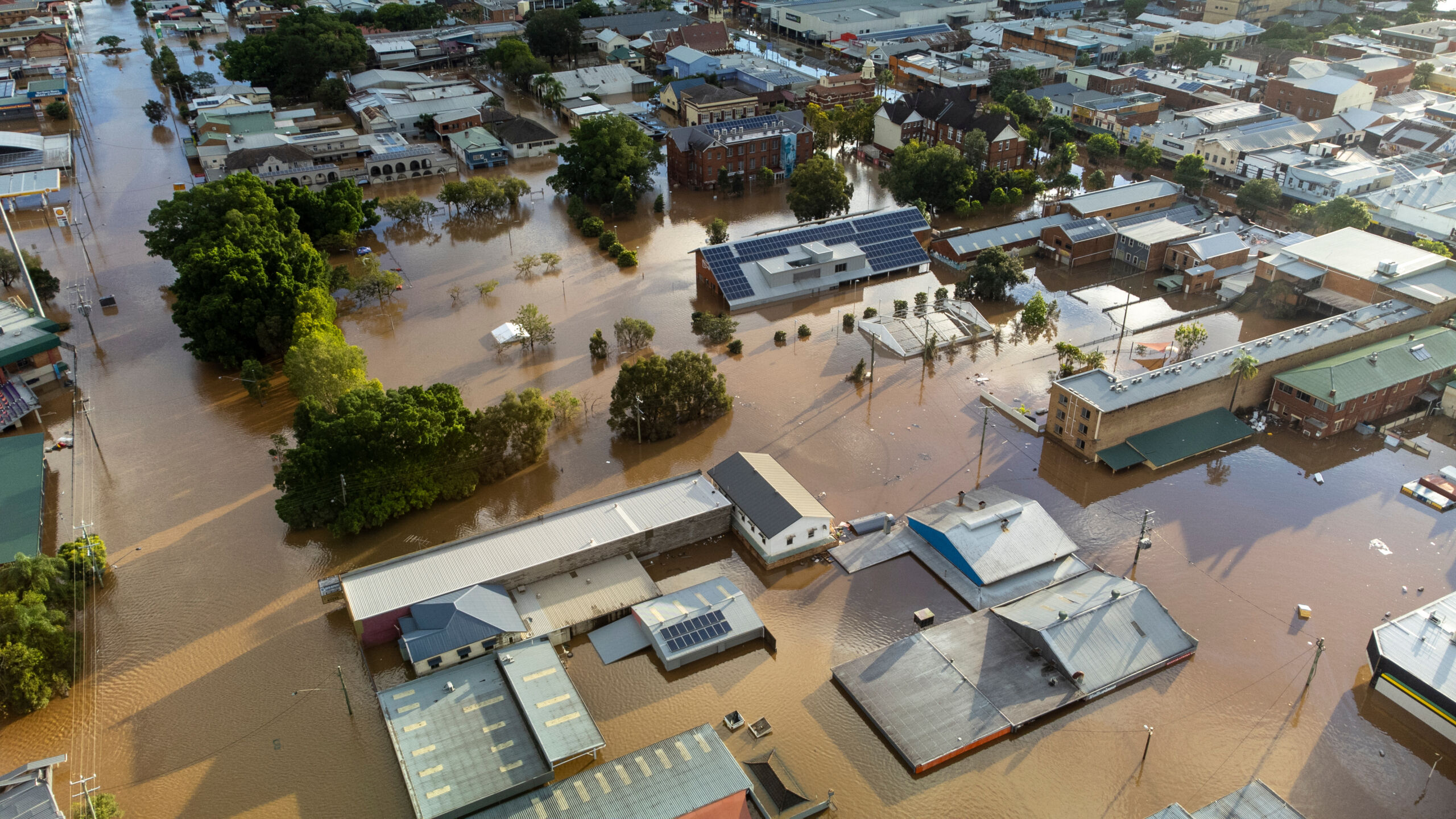- No products in the cart.


This article by Master Builders Australia CEO Denita Wawn, Insurance Council of Australia CEO Andrew Hall, and Planning Institute of Australia CEO Matt Collins appeared in the Daily Telegraph on Friday 28 July 2023.
We are halfway through 2023 and the impact of the many weather events that tore through more than a quarter of our nation last year are still being felt.
From February to December last year, floods ravaged communities as far north as Maryborough in Queensland to the southern great lakes of Tasmania, washing through towns in the Central West of NSW and slowly but devastatingly swallowing River Murray communities in South Australia.
Last year’s floods carved a terrible mark in Australia’s history books, surpassing any other year on record in terms of costs – in excess of $7.2 billion in insured losses and an estimated additional $3.5 billion in uninsured losses.
It’s only been six months since the last major flood in our country, but as the weather cycles on to a hotter and drier period, we must resist allowing ourselves or our political leaders to put the issue of flood risk at the bottom of the to-do list.
Late last year National Cabinet agreed ‘the days of developing on flood plains needs to ‘.
As state and territory planning ministers met to discuss fortressing Australia’s built environment against future impacts of extreme weather events, Australians should ask our political leaders to hold to the commitment of stopping development in areas of high flood risk and commence work on planning reform with appropriate risk mitigation on floodplains.
For the Insurance Council, Master Builders and the Planning Institute, there is only one option on the table: reform land use planning arrangements in each state and territory so we are no longer building homes in flood disaster zones without proper regard for that risk.
Our growing population demands greater housing, and the ever-rising cost of homes creates further pressure for that housing to be delivered soon and at scale.
At the same time, a changing climate is seeing an increase in the frequency and intensity of extreme weather events, of which floods demand the greatest cost.
The number and intensity of extreme weather events in the four years since the Black Summer bushfires have highlighted the need for policies that more explicitly consider the relationship between land use planning and extreme weather risk.
There is no more urgent time for action, not only because we will undoubtedly experience more climate-fuelled extreme weather events in the future but because Australia is also undergoing record population growth, with an extra 650,000 migrants expected this year.
If we don’t address this issue, this surge in our population will worsen existing flaws in our housing profile and put more people in danger – whether they realise it or not.
Continued development in areas high risk of flooding without proper regard for that risk has put millions of Australian homeowners at risk, yet inappropriate development continues. And it’s not enough just to stop developing in areas of high flood risk. We need to look at what can be done to protect residents of existing homes in vulnerable areas.
The statement by National Cabinet demonstrated that there has been a change in attitude by policymakers to this urgent issue and the ministers’ meeting should be a good test of that.

